Get expert guidance from Search Education and learn everything you need to know about studying in Australia.


Australia now ranks third among English-speaking countries as a top study abroad destination. Studying in Australia from Nepal has become a top choice for Nepalese students because of its quality education system and career opportunities. Every year, thousands of Nepali students choose to study in Australia to pursue diplomas, undergraduate, or postgraduate degrees in various courses such as business, IT, nursing, engineering, and hospitality. Besides education, Australia also has world-leading healthcare services, an affordable cost of living, student-friendly cities, and public transport, which contribute to a comfortable and supportive environment for Nepalese students.
Here are the top 7 reasons why you should choose Australia for higher education.

A recent report shows that Australia is one of the top ten countries in the world in terms of education. Every year, over 326,000 overseas students opt to study in Australia. It has a well-established education system with highly qualified teachers, excellent research infrastructure, and a wide range of programs that focus on practical learning and real-world skills.

According to the 2025 QS World University Rankings, 9 universities are ranked in the top 100, including 3 in the top 20. A degree from these highly recognized universities can open doors to many global opportunities. Whether you study engineering, medicine, business, or the arts, your qualifications will be highly valued, opening the door to employment and further education opportunities all over the world.

Australia offers a Temporary Graduate Visa (subclass 485) that allows international graduates to live, study, and work after finishing their studies. With this visa stream, students get the opportunity to gain valuable work experience in their field of study. This opportunity not only helps you build a successful career but also makes you more competitive in the global job market.
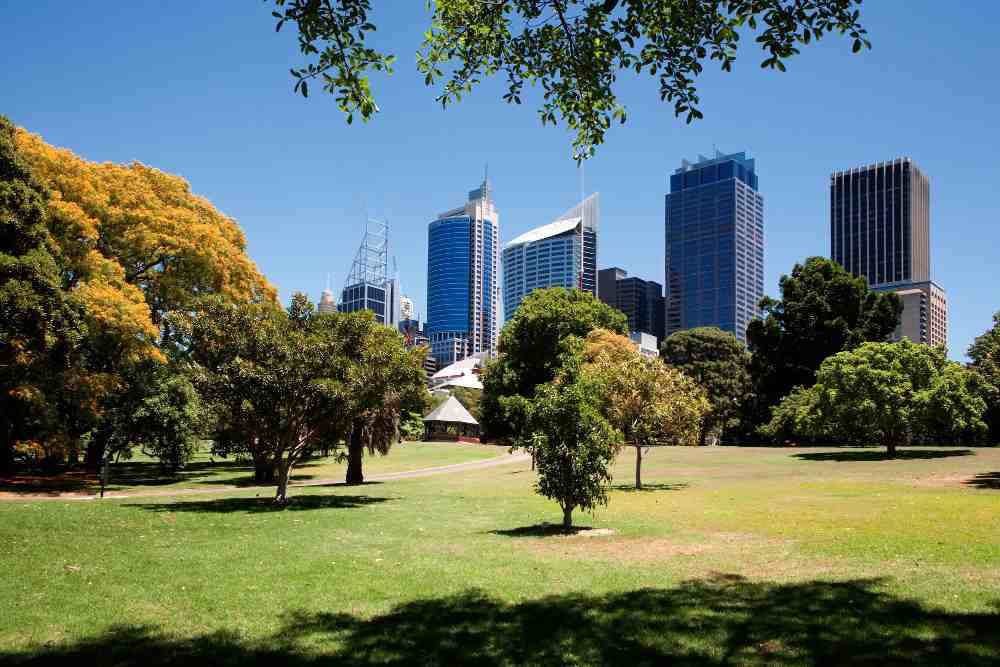
Australian cities are friendly, clean, and secure. The Australian people are friendly and helpful, making it easy to adapt to a new environment for international students. All Australian cities have low crime rates, excellent health services, and efficient transport, making it easy to move around, discover new places, and obtain the services you require.
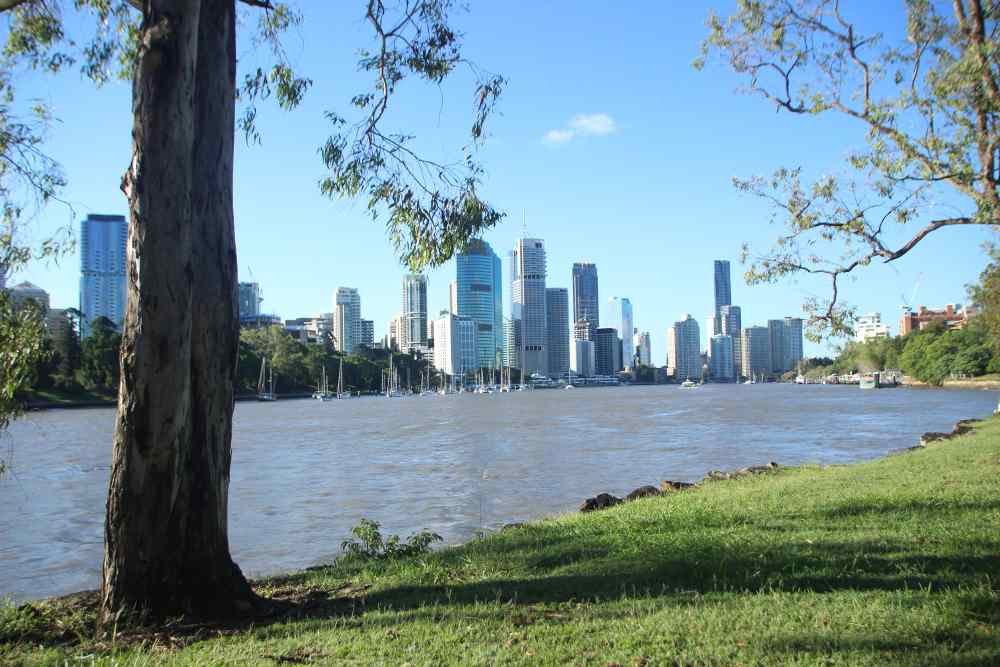
Australia is globally famous for its relaxed lifestyle, open environment, beautiful beaches, and balanced climate. You can balance your studies with outdoor activities to make your Australian life both rewarding and enjoyable. Australia's lively and multicultural lifestyle makes it an attractive destination for Nepalese students.

Australia allows international students to work part-time while studying. During study terms, you can work up to 48 hours per fortnight (2 weeks) and unlimited hours during university holidays. You can find part-time jobs in restaurants, retail stores, or on campus. This allows you to support yourself financially, gain valuable work experience, and build connections that can help in your future career.
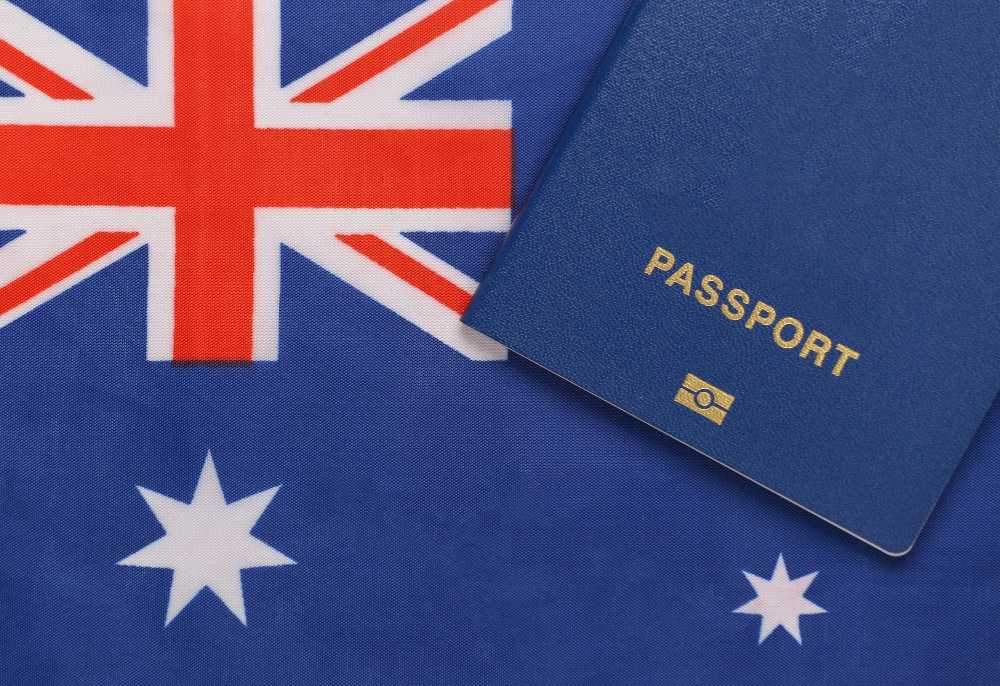
Many Nepalese students choose Australia not only for education but also with the goal of settling permanently. International graduates with high-income-earning skills and professional work experience are eligible to apply for permanent residency through skilled migration visas (e.g., subclass 189, 190, 491). This visa allows overseas migrants to legally work, live, and study in Australia on a permanent basis.
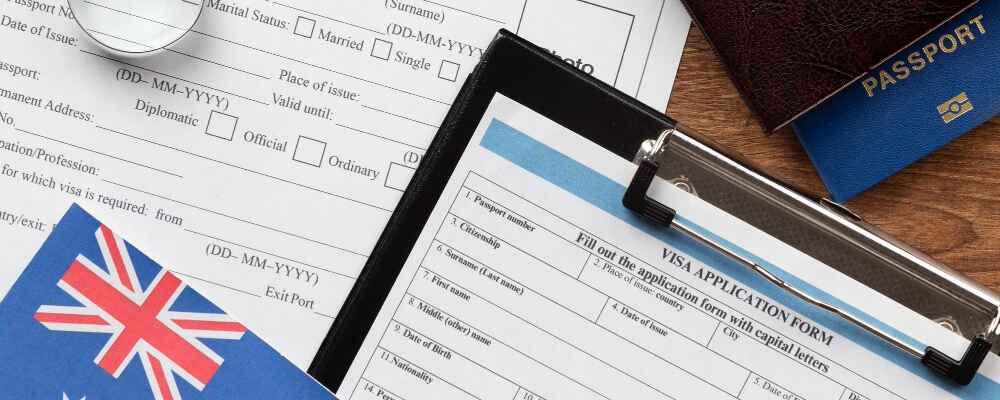
If you want to study in Australia, you must understand the admission requirements for the various courses in Australia:
Note: If you are under the age of 18, it is mandatory to provide parental consent.
If you are still confused about the requirements or the application process, we are available to assist you at every stage!
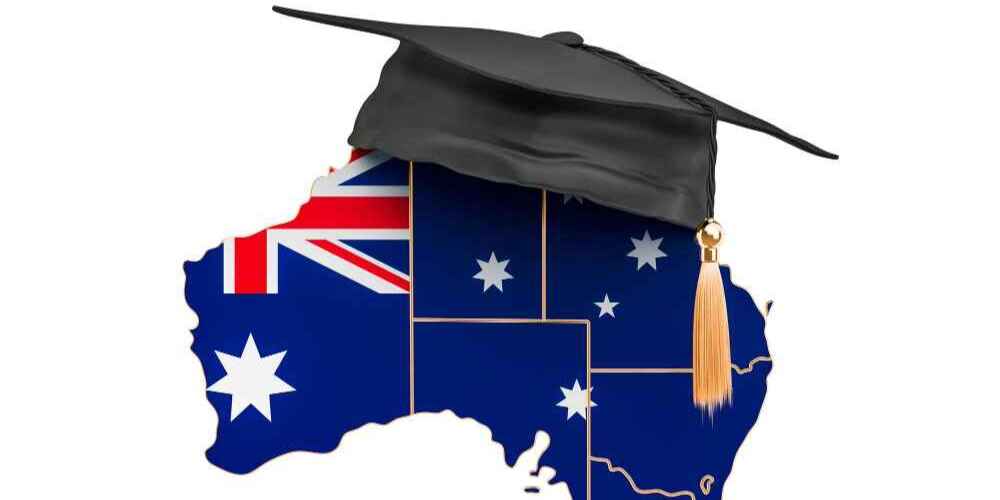
Every Nepalese student dreams of studying in Australia, but the financial obstacles, such as tuition and living expenses, can make you feel overwhelmed. To alleviate these financial pressures, the Australian government provides scholarships for deserving students.
Here are some popular scholarship programs you can apply to study in Australia as a Nepalese student:
If you need any further guidance for scholarship opportunities from various Australian universities that fit your career goals, academic background, and financial situation, you can speak with our experienced counsellor.
!If you choose Australia as a study destination, you must understand and follow the visa application process. Here is a straightforward step-by-step guide on how to apply for a student visa (subclass 500) to study in Australia.
Step 1: Proof of English proficiency
Step 2: Get an Offer Letter from an Australian University
Step 3: Genuine Student Requirement
Step 4: Proof of Financial documents
Step 5: Tuition Fee Payment
Step 6: Overseas Student Health Cover (OSHC)
Step 7: Confirmation of Enrolment (CoE)
Step 8: Apply using ImmiAccount
Step 9: Check travel requirements
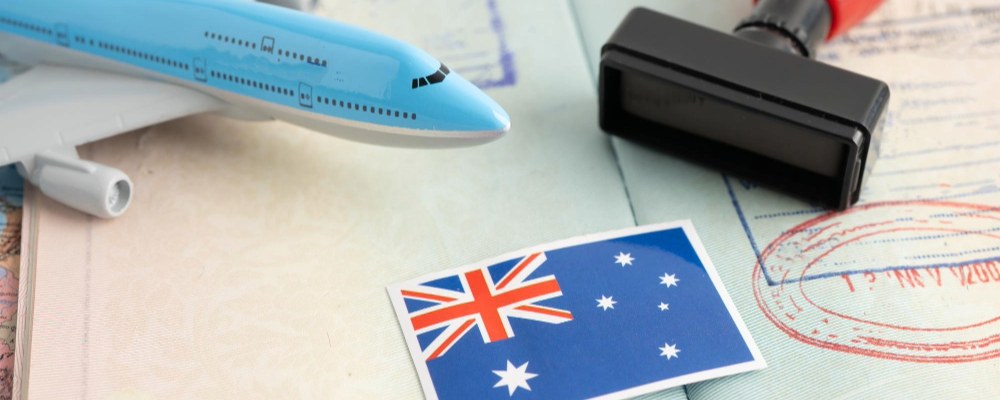
There are three intakes available for Nepalese students. The primary intake is in February and July, whereas November is the secondary intake. Most Nepalese students preferred the July and February intakes due to the wide range of courses and programs available.
| Intakes in Australia | Application open | Application Closes | Class Starts |
| February (semester 1) | July | November to December | Late January to Early February |
| July (semester 2) | February | April to May | Late June to Early July |
| November (semester 3) | July – August | September to October | Early November |
Key points to know about intake in Australia:
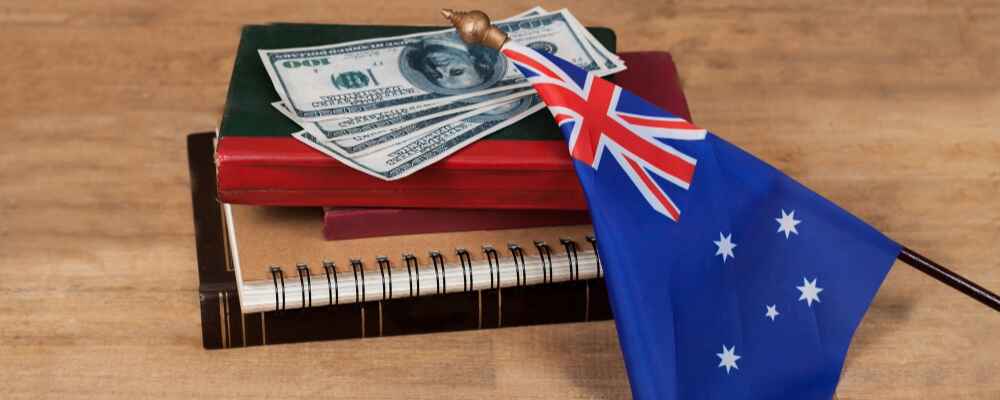
The cost of studying in Australia depends on the courses taken, the university's location, the scholarship, and other expenses, including rent, travel costs, groceries, insurance, etc.
Study Program | Average fees in AUD |
Undergraduate Courses | AUD 15,000 - 33,000 per year |
Postgraduate Courses | AUD 20,000 - 50,000 per year |
Doctoral Programs | AUD 18,000 - 42,000 per year |
PHD | AUD 22,000 - 50,000 per year |
Vocational Education and Training (Certificates I to IV, Diploma and Advanced Diploma) | AUD 4,000 - 22,000 per year |
Accommodation Type | Expenses fees in AUD |
On-campus | AUD 110 to AUD 280 per week |
Off-Campus / Shared Rental | AUD 95 to AUD 215 per week |
Hostel | AUD 90 to AUD 150 per week |
Rental | AUD 185 to AUD 440 per week |
Homestay | AUD 235 to AUD 325 per week |
Nepali students typically spend around AUD 20,000 to AUD 30,000 per year. But it depends on their living expenses, accommodation, location, and other major personal expenses. The two major cities, Sydney and Melbourne, are known to have higher living expenses compared to smaller cities. Despite the higher costs, many international students prefer these cities due to their high-quality education and vibrant cultural experiences. You can also reduce financial stress while studying by working part-time, saving and investing your earnings, and minimizing unnecessary expenses.
Expense Category | Weekly Budget ( AUD ) |
Accommodation | AUD 90 - 280 per week |
Groceries | AUD 140 - 300 per week |
Gas and Electricity | AUD 15 - 25 per week |
Transportation | AUD 35 - 65 per week |
Car Expenses | AUD 160 - 270 per week |
Entertainment | AUD 80 - 160 per week |
Phone and Internet | AUD 20 - 35 per week |
Australia offers 22,000+ courses for international students that fit your interests and career goals. Here is the list of popular programs that are in high demand for Nepali students studying in Australia.
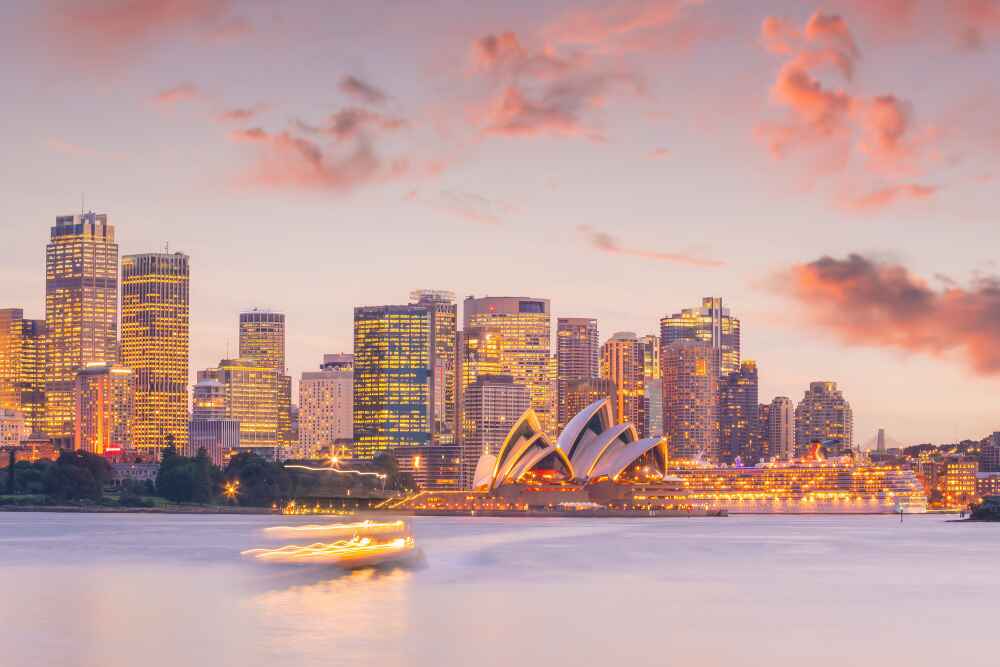
Sydney is widely regarded as one of the world's most livable cities, known for its beauty, safety, vibrant atmosphere, and multicultural environment. The city is also home to a number of reputable universities that provide high-quality education and are well-equipped to support the academic and personal growth of international students.
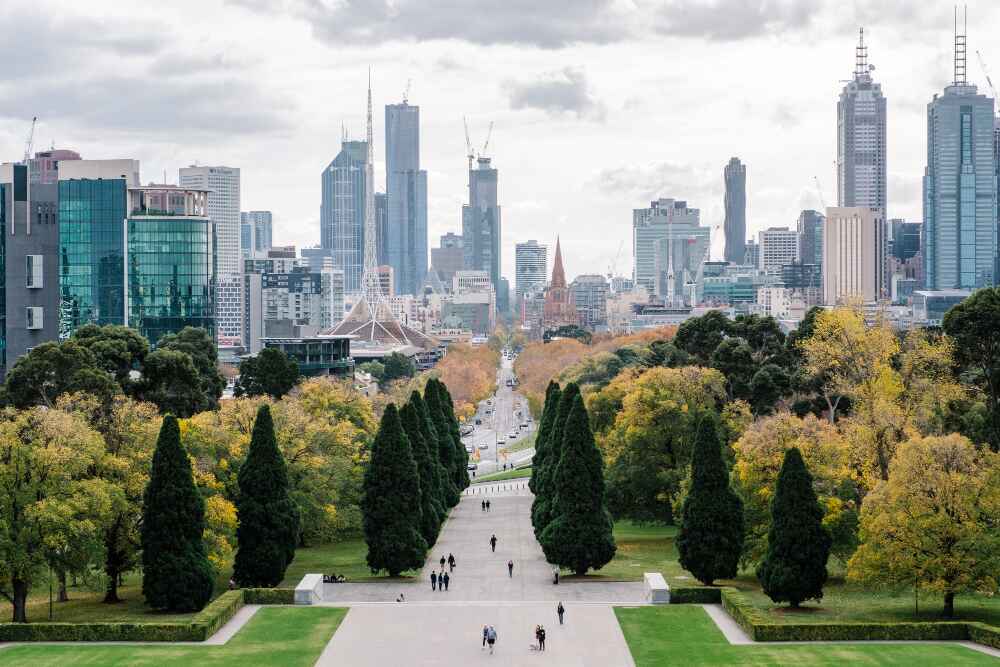
Melbourne, Australia's largest capital city, is renowned for its vibrant arts scene, world-class sports, diverse culinary offerings, and exceptional coffee culture. It is consistently ranked among the best student cities in the world, attracting a large number of international students each year. It is home to six of the world’s top universities and is widely recognized for its supportive and welcoming environment for international learners.
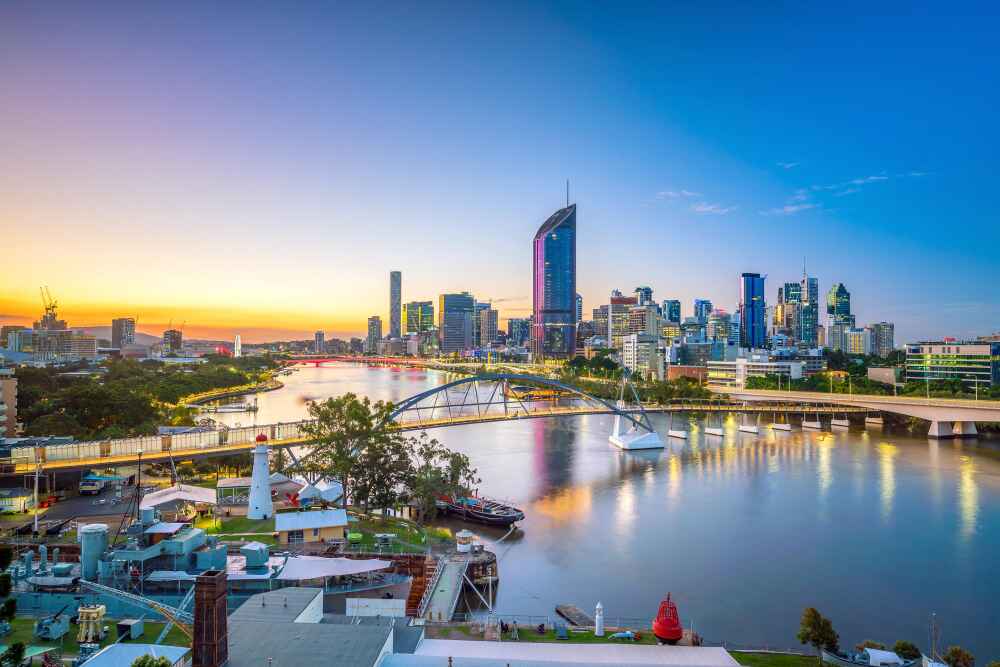
Brisbane, often referred to as Australia’s nature capital, is a modern and sustainable open-air city known for its spacious environment and quality of life. It is ranked in 25th place for best student-friendly cities as per QS World Rankings 2025. It is also home to several highly ranked universities like the University of Queensland (UQ) and Queensland University of Technology (QUT).
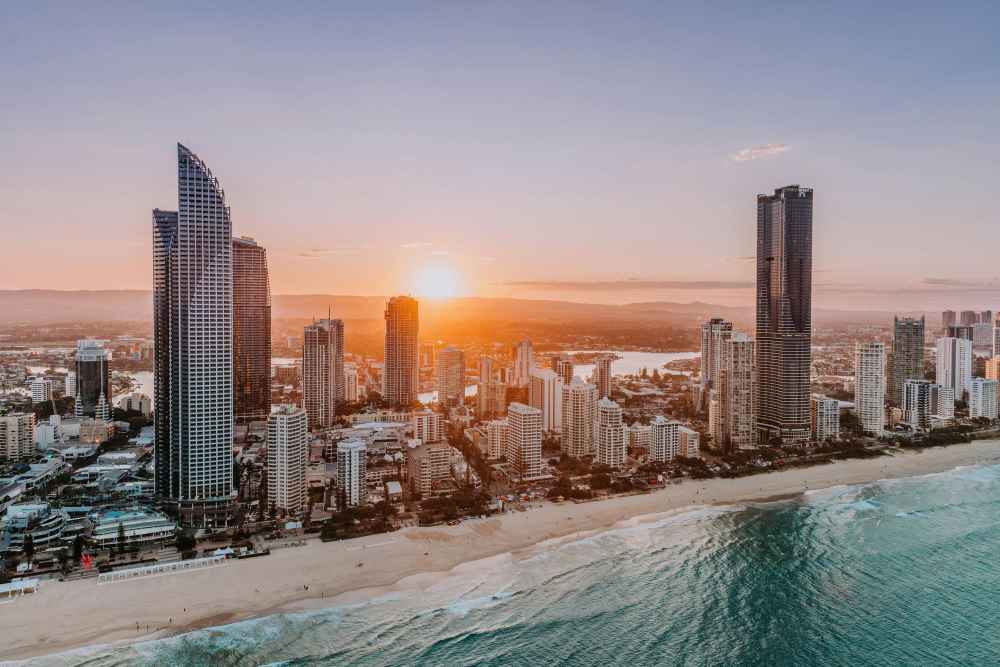
Gold Coast, located in Queensland, is the best city in Australia for international students seeking both quality education and a quality lifestyle. In addition to its quality education, it is also widely famous for its sunny, subtropical climate and world-famous surfing beaches. With its wide array of eateries, cafes, and outdoor attractions, this city provides a well-rounded and appealing environment for students from around the world.
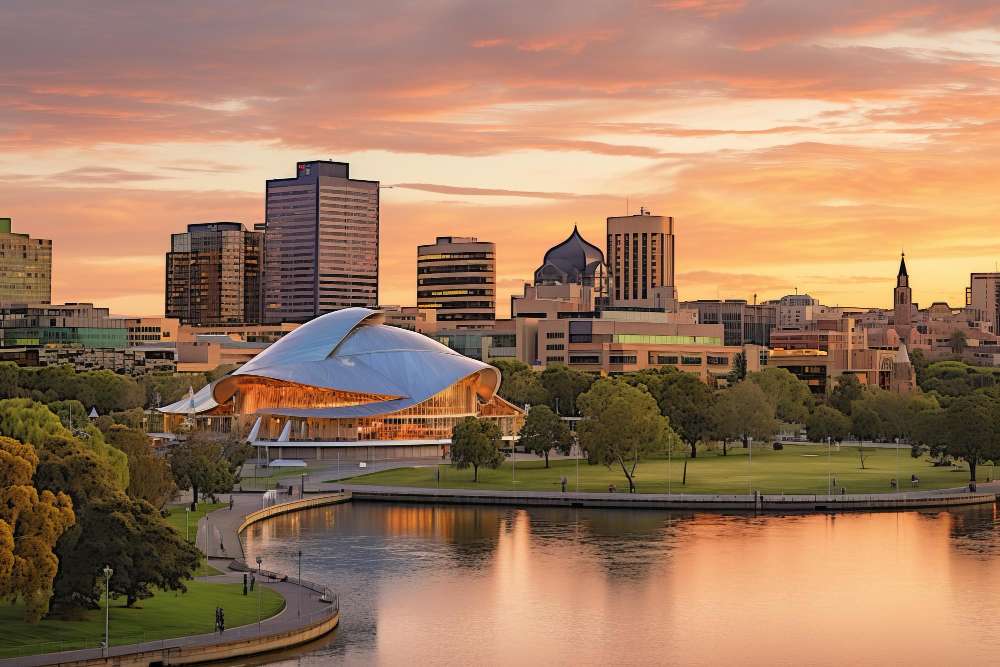
Adelaide, the capital of South Australia, offers a unique balance of vibrant city life and a relaxed, welcoming atmosphere, making it an excellent choice for international students. It has been ranked 28th among the world’s best student-friendly cities in the QS World University Rankings 2025. The city is renowned for its lively festival calendar, stunning natural landscapes, and elegant heritage architecture.
The QS World University Rankings feature more than 30 Australian universities, some of which are ranked among the top 100 worldwide.
Universities | Rankings 2025 |
The University of Melbourne | 13 |
The University of Sydney | 18 |
The University of New South Wales (UNSW Sydney) | 19 |
Australian National University (ANU) | 30 |
Monash University | 37 |
The University of Queensland | 40 |
The University of Western Australia | 77 |
The University of Adelaide | 82 |
University of Technology Sydney | 88 |
RMIT University | 123 |

According to U.S. News and World Report, Australia is listed among the top five countries for the best job market and career opportunities. After finishing your graduation, the Australian government gives post post-study work visa for around 2 to 4 years, where you can find a job and gain enough experience in your field. Looking at the current scenario of the market, Australia still lacks skilled and hardworking professionals. If you have relevant qualifications and experience, you can find plenty of job opportunities in your field. The average annual income for an entry-level position starts around AUD 60,000 to AUD 70,000 per year, and experienced ones earn up to $138,419 per year.
Hospitality and Food Services: Waiters, baristas, kitchen staff, bartenders
Retail and Supermarkets: Cashiers, sales assistants, shelf stackers
Office and Administrative Roles: Receptionists, data entry clerks, customer service
Tutoring and Academic Support: Peer tutoring, library assistants, research assistants
Delivery and Ride-Sharing Jobs: Uber drivers, food delivery (Uber Eats, DoorDash)
The cost to study in Australia from Nepal depends upon the type of courses you choose and the university or college you attend.
Course Type | Tuition Fees in AUD | Tuition Fees in NPR |
Bachelor's Degree / Undergraduate Programs | AUD 20,000 - AUD 45,000 per year | NPR 17,00,000 to NPR 39,00,000 |
Master's Degree / Postgraduate Programs | AUD 22,000 - AUD 50,000 per year | NPR 18,00,000 - NPR 45,00,000 |
Diploma Courses | AUD 15,000 - AUD 25,000 per year | NPR 12,00,000 - NPR 22,00,000 |
The minimum GPA required to study in Australia from Nepal for a Diploma degree is a 2.7 GPA or equivalent, while for both a bachelor's degree and a master's degree, the required GPA is 2.5 to 3.0 GPA (Out of 4). Some universities may accept students with lower GPAs if they have impressive extracurricular activities or relevant work experience.
The minimum percentage required for undergraduate programs in Australia is usually between 50% to 60%. For postgraduate courses, the typical requirement is a minimum of 60% to 65%. But it depends upon the course and the university or college you are applying to. Some universities may accept students with lower percentages if they have good work experience or extracurricular activities.
The average bank balance required for an Australian student visa from Nepal are:
Course Type | Fees in NPR |
Undergraduate Degree | NPR 40,00,000 – NPR 50,00,000 |
Postgraduate Degree | NPR 45,00,000 – NPR 55,00,000 |
Postgraduate Degree (Applicant with Dependent) | NPR 55,00,000 – NPR 70,00,000 |
The success rate of Australian student visas for Nepalese students lies between 70% to 90%. However, this solely depends on how complete your application is, whether you meet all the visa requirements, and if you provide accurate documentation.
If your Australian student visa is rejected, the Department of Home Affairs will inform you of the reasons behind the refusal. However, this doesn't necessarily mean that your study abroad plans are over. You can reapply by identifying your mistakes or file an appeal with the Administrative Appeals Tribunal (AAT). It’s best to speak with our counsellor to improve your chances of reapplication.
The processing time for an Australian student visa generally takes between 4 to 6 weeks depending on the universities and any additional documents asked by the Visa Officer.
Nepali students usually favor the July intake. However, for certain programs in Australia, February intake is recommended. You can speak with our counsellor for more information on the best intake options, course details, application deadlines, etc.
According to the Australian Government Visa Rules, the minimum pay for immigrant students starts from AUD 24.10 per hour. However, this is not a fixed rate, and wages may vary based on age, industry, location and skills you have.
Nepali students in Australia are allowed to work part-time up to 48 hours per fortnight during the academic year and unlimited hours during semester breaks and holidays.
© 2025 SearchEducation | All Rights Reserved.